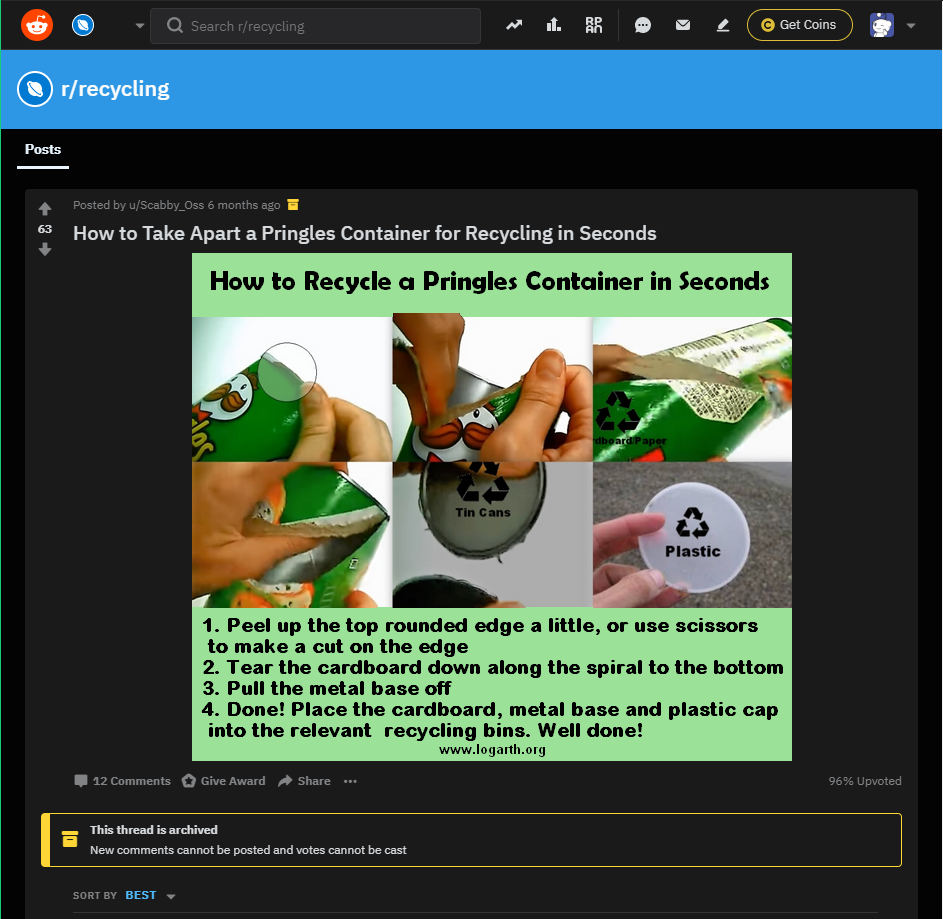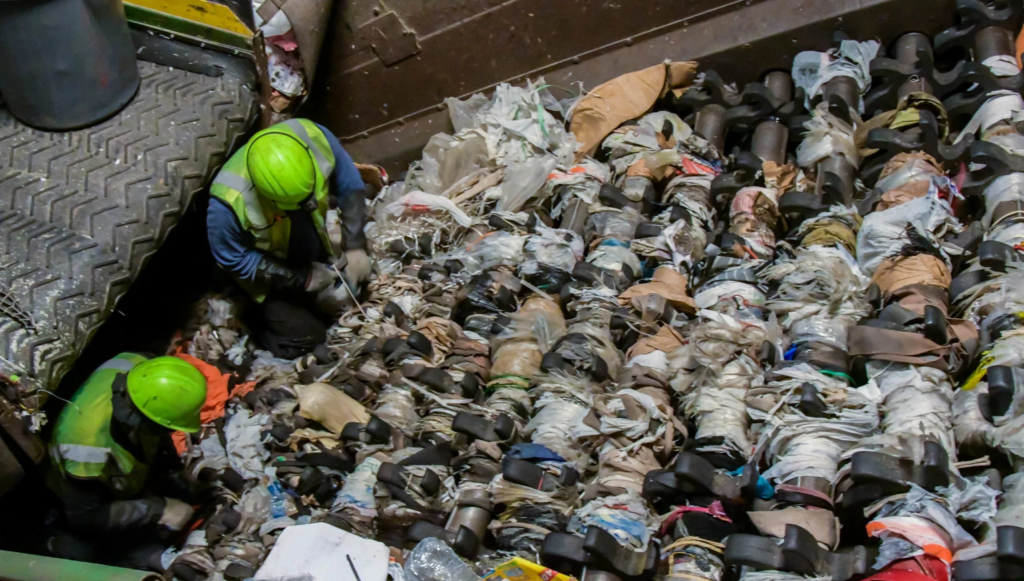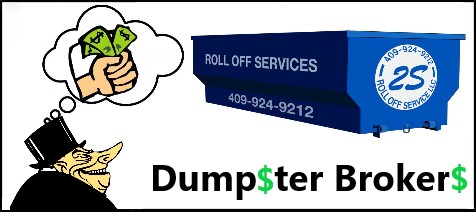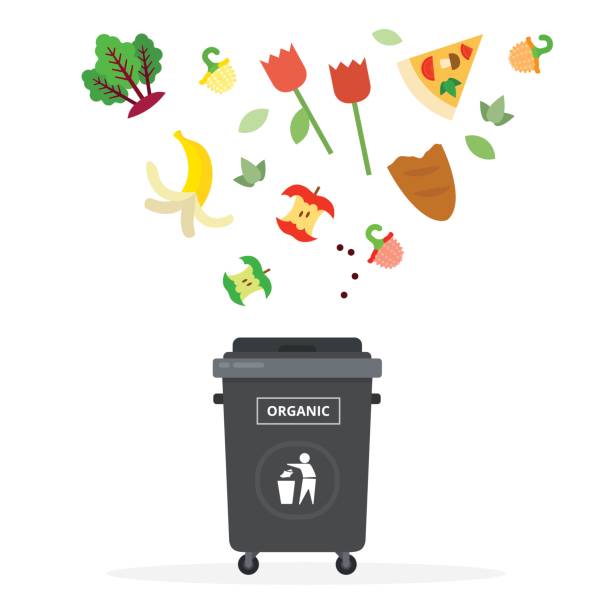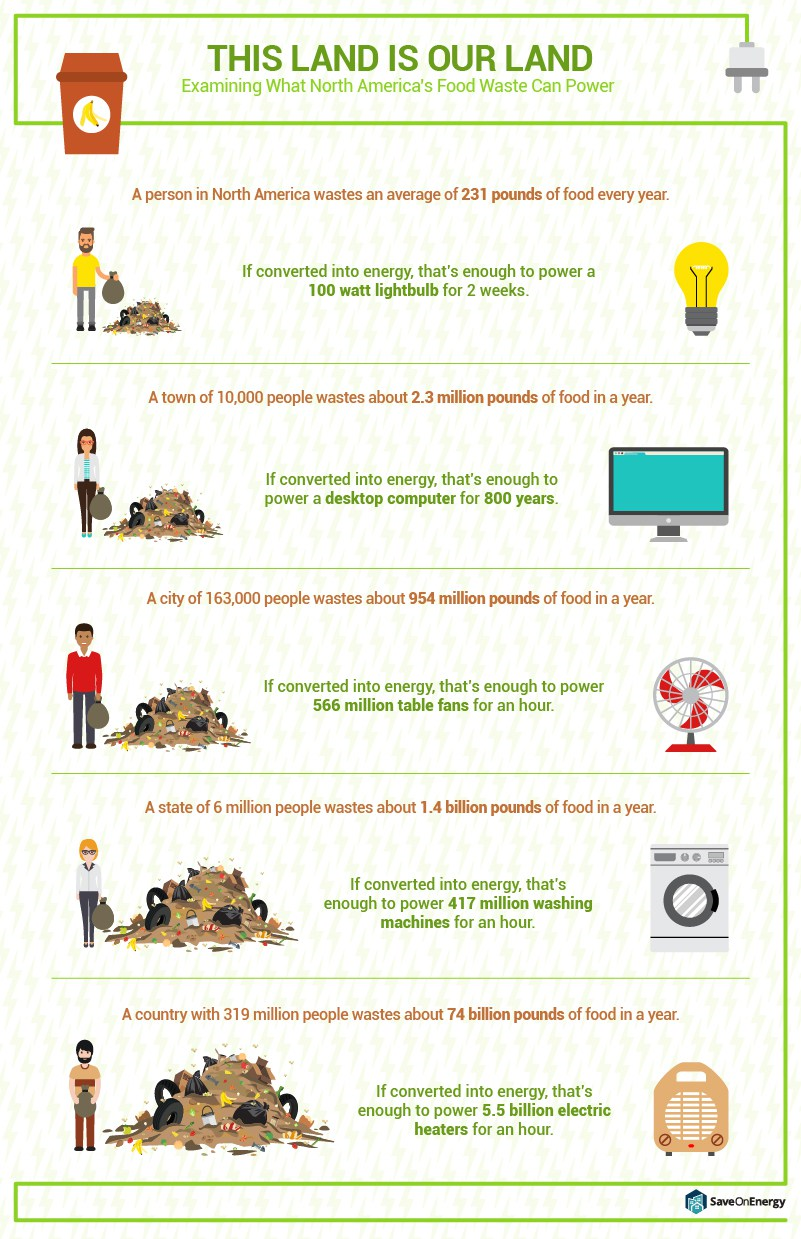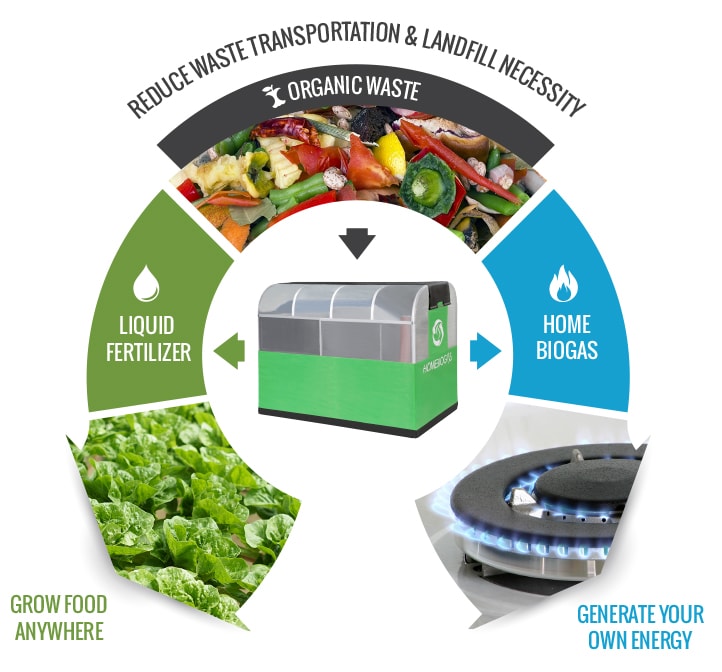Turning Old PPE to Biofuel
Currently, PPE is being disposed of at unprecedented levels. It is becoming a significant environmental threat which everyone should pay attention to.
“There is always a need for alternative fuels or energy resources to meet our energy demands. The challenges of PPE waste management and increasing energy demand could be addressed simultaneously by the production of liquid fuel from PPE kits.”
–Dr. Bhawna Yadav Lamba, co-author*
One of the inevitable side effects of this global pandemic and increased use of PPE is the TRASH from it. With more people using PPE, it’s unsurprising to learn that researchers are looking at ways to make this garbage useful again – to find it a second life.
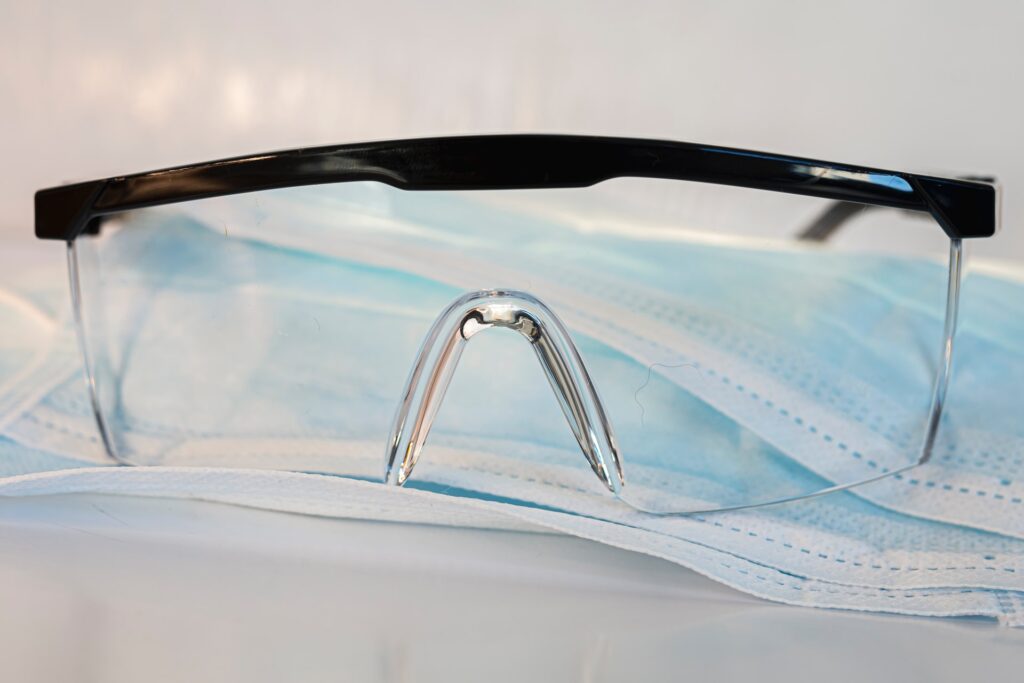
Likely, even those of us who don’t keep up with sustainability efforts have noticed the massive return to single-use plastics and throw-away products. In an effort to keep things clean from virus spread, we’ve ended up with a lot more waste as a side effect.
This isn’t all bad, as we can talk about another time, but today we’re talking breakthroughs! We want to share the news about a recent scientific study which focuses on converting this disposed product into something we always need: fuel!
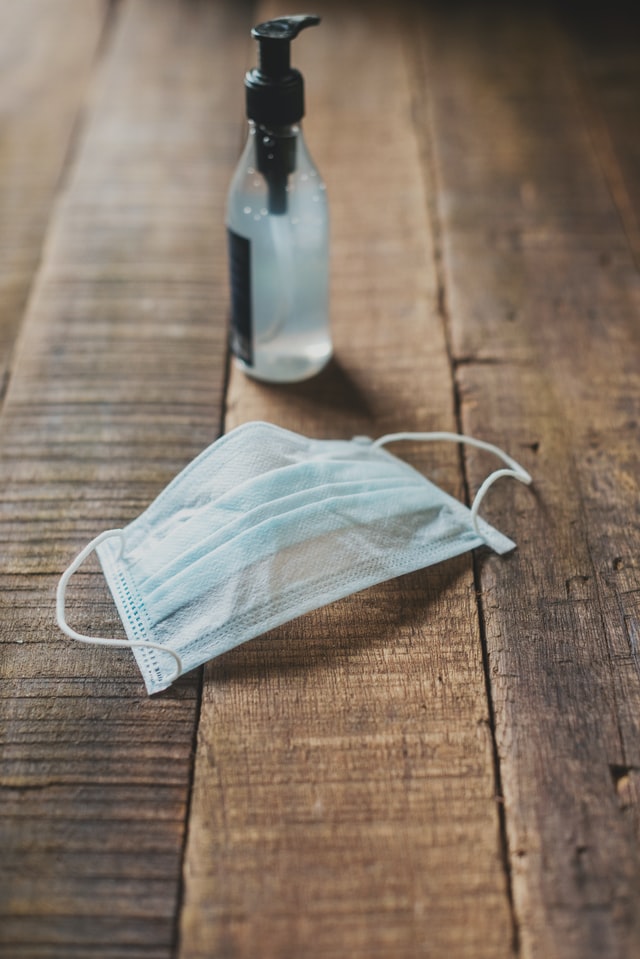
But, why does a “little” more trash even matter right now??
Well, once these plastic materials are disposed of, they end up in landfills or oceans in the environment. Since their natural degradation is difficult at regular temperatures, they need DECADES to decompose.
Recycling these polymers requires both physical and chemical methods, but they’are not widespread enough for common use. Not to mention, we have a global recycling crisis right now!
Normally, “reduce, reuse, and recycle” are the three pillars of sustainable development. Those would help to prevent the unnecessary discharge of these plastics into the environment. Unfortunately, it’s difficult and/or impossible to reduce, reuse, or recycle in a global pandemic event.

Tackling Two Problems At Once
Thankfully, there are researchers at the University of Petroleum and Energy Studies (UPES) in India who tackled this very pressing priority. They assert that billions of items of disposable PPE can be converted from its polypropylene state into liquid biofuels – which are known to be on par with standard fossil fuels.
Co-author of the study, Dr. Bhawna Yadav Lamba says this process is among the most promising and sustainable methods of recycling compared with incineration and landfill.
“Pyrolysis is the most commonly used chemical method whose benefits include the ability to produce high quantities of bio-oil which is easily biodegradable,” she states.
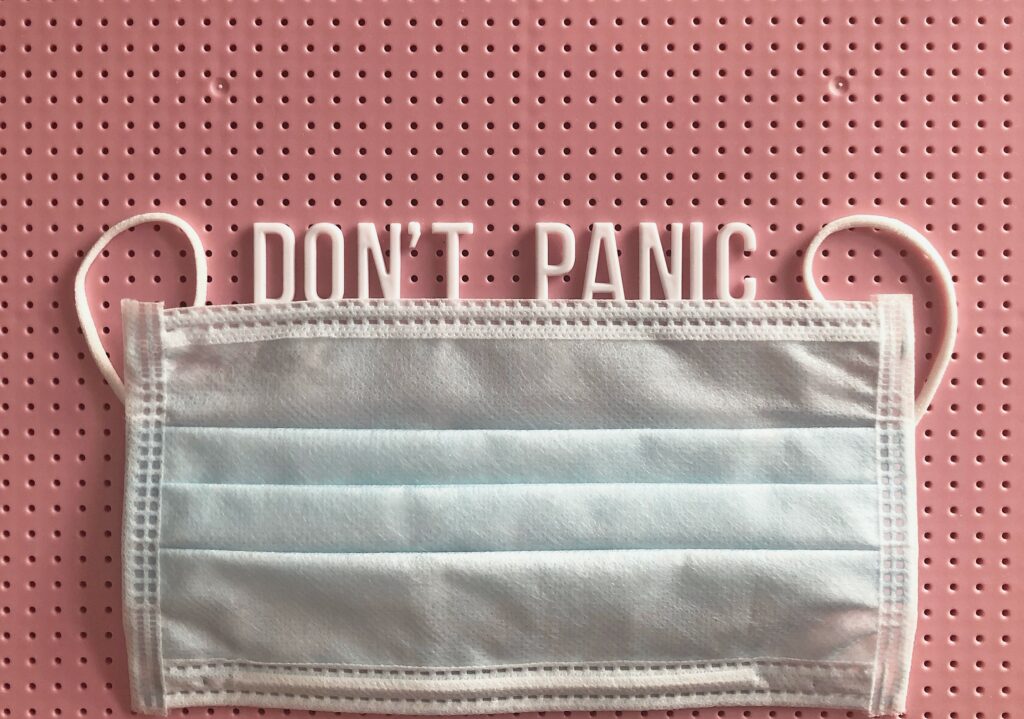
“Presently, the world is focusing to combat COVID-19, however, we can foresee the issues of economic crisis and ecological imbalance also”
-Dr. Sapna Jain, lead author of the Biofuels article. Quoted at Phys.org.
What do YOU think about this news??? Drop us a line on Facebook or leave a ❤️️ to our Instagram. We would LOVE to hear from your perspective!
If you want a more in-depth look at the technical aspects and science behind this process and what it all means, you can visit Popular Mechanics or SciTechDaily.
You can read even more about the study in detail here or read the original peer-reviewed scientific article by Sapna Jain, Bhawna Yadav Lamba, Sanjeev Kumar and Deepanmol Singh here through the Taylor & Francis journal Biofuels, 2020.
* – The article this blog post discusses is titled: “Strategy for repurposing of disposed PPE kits by production of biofuel: Pressing priority amidst COVID-19 pandemic”, 3 August 2020.

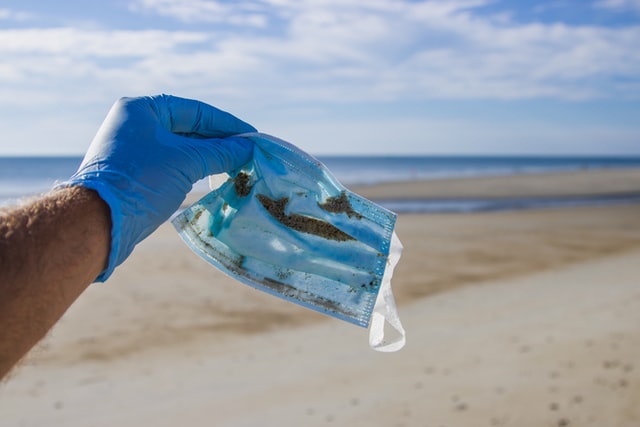
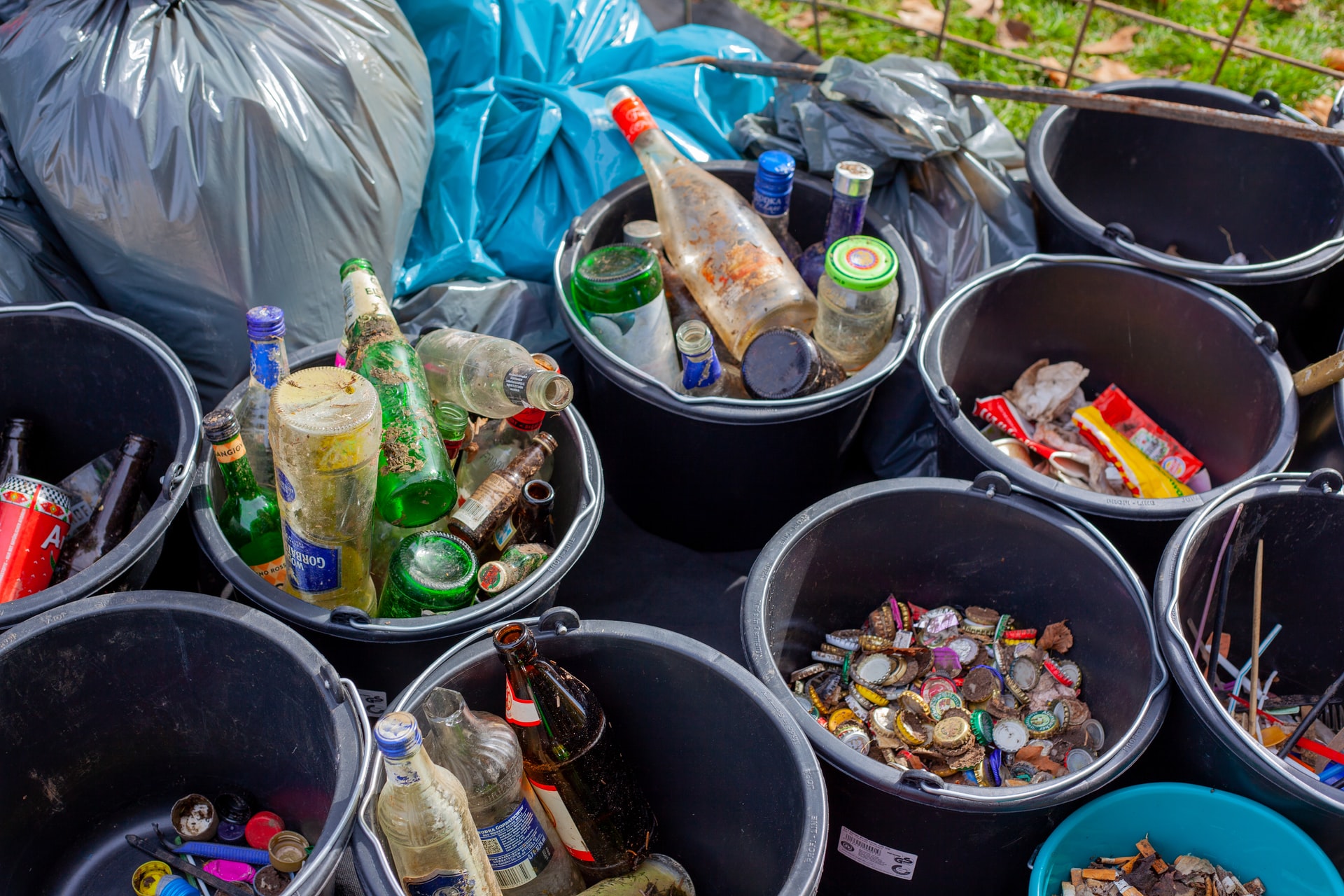
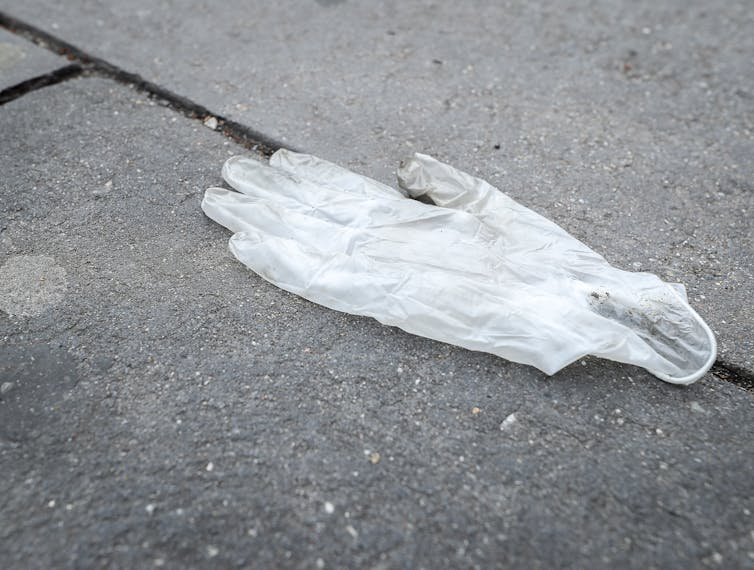 A discarded medical glove in Jersey City, N.J., April 27, 2020.
A discarded medical glove in Jersey City, N.J., April 27, 2020.

